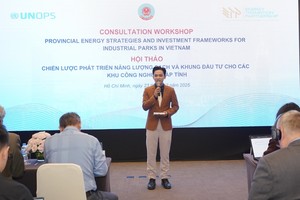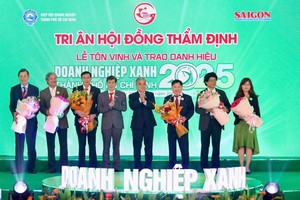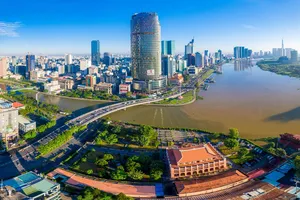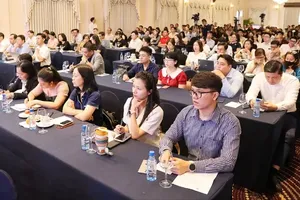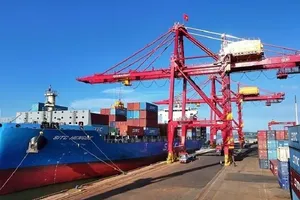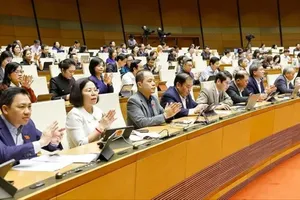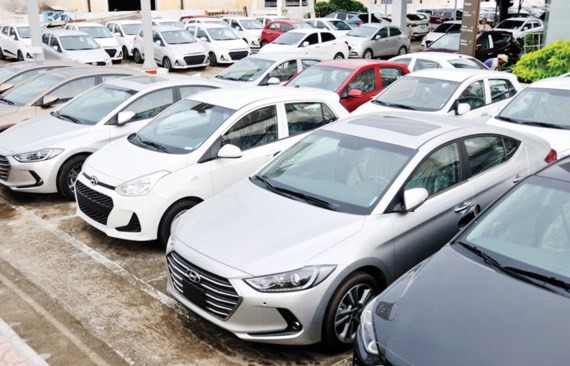
Although companies have rushed to conduct many promotional programs offering big discounts, in fact auto prices are still high. For instance, after providing discounts of more than VND40-50 million (US$1,760-2,200) since June, a Mazda CX-5 is priced VND800-910 million.
Honda has reduced the price of its automobiles by VND110-170 million but it is still swinging around VND1 billion ($44,000) a product. Specifically Honda CR-V 2.0 AT, 2.4 AT and 2.4 AT TG are priced VND898 million, VND988 million and VND1.028 million respectively.
Thaco Truong Hai has slashed the price of Kia products by VND10-40 million. The most discounted one is Kia Qouris 3.8 GAT but its prices is still as high as VND2.708 billion.
Despite the discount programs, the prices have been high and purchasing power has gone backward.
Statistics by Vietnam Automobile Manufacturers Association (VAMA) show that the market’s sales reduced 16 percent to 21,000 automobiles in July. At present, only those who do need automobiles are buying while most residents wait for the zero percent import tariff next year.
Mr. Pham Anh Tuan, head of the policy division of VAMA, said that auto prices have been high despite businesses’ many discount programs because component import tariff have not had a roadmap to reduce to 0 percent.
Manufacturers have to pay taxes to import 70-80 percent of components from Thailand, South Korea and Europe to assembly an automobile. So manufacturing cost in Vietnam is 10-20 percent higher than in Thailand and Indonesia.
Ongoing protection
High prices, reducing purchasing power and high import volume have not prevented businesses from expanding investment scale.
According to the latest report by BMI Research under Fitch Group, Vietnam will become an auto manufacturing center with the second fastest growth rate in Southeast Asia in the phase of 2017-2021 after the Philippines.
Auto manufacturing output in the Philippines is forecast to rocket 300 percent to reach 359,000 while it might double current number to 112,000 products in Vietnam during the same phase.
The growth rate of Vietnam’s auto industry will be half as much again Indonesia and double Thailand. Therefore many companies have set up plans to invest or expand investment in Vietnam including French PSA, owner of Citroen and Peugeot brand names and South Korean Huyndai Motor.
Huyndai Motor is finding the way to boost production in Vietnam to export to Southeast Asia. It has worked with Huyndai Thanh Cong to implement a plan making Vietnam an export center with an assembly line of small cars Grand i10 in Ninh Binh province. They target at manufacturing 3,000 cars a month for domestic consumption and export.
Mazada has planned to turn Vietnam into a Mazda automobile manufacturing center for the region. Its distributor in Vietnam Truong Hai has started work on a Mazda plant in Chu Lai, Quang Nam with the capacity of 100,000 vehicles a year, tenfold the current capacity at VinaMazda plant.
Economic expert Dr. Nguyen Duc Minh from HCMC National University said that the Ministry of Industry and Trade’s recent proposal, not imposing special consumption tax on domestically created value of auto products and continuing many protection polices such as trade safeguard measures, tax and rent exemption to protect local auto industry, has attracted businesses to this field.
If the proposal is approved, Vietnamese consumers will continue suffering because they will continue buying cars at the highest prices in the world. The protection will not help improve the competitiveness of local auto industry but bring businesses big profit and reduce tax revenue from the industry.
Mr. Hai says it is time for Vietnam to review protection policies to the auto industry. Amid integration context, businesses must develop more strongly. If being unable to stand firm on their feet, they should go bankruptcy to suit market competition rule.


